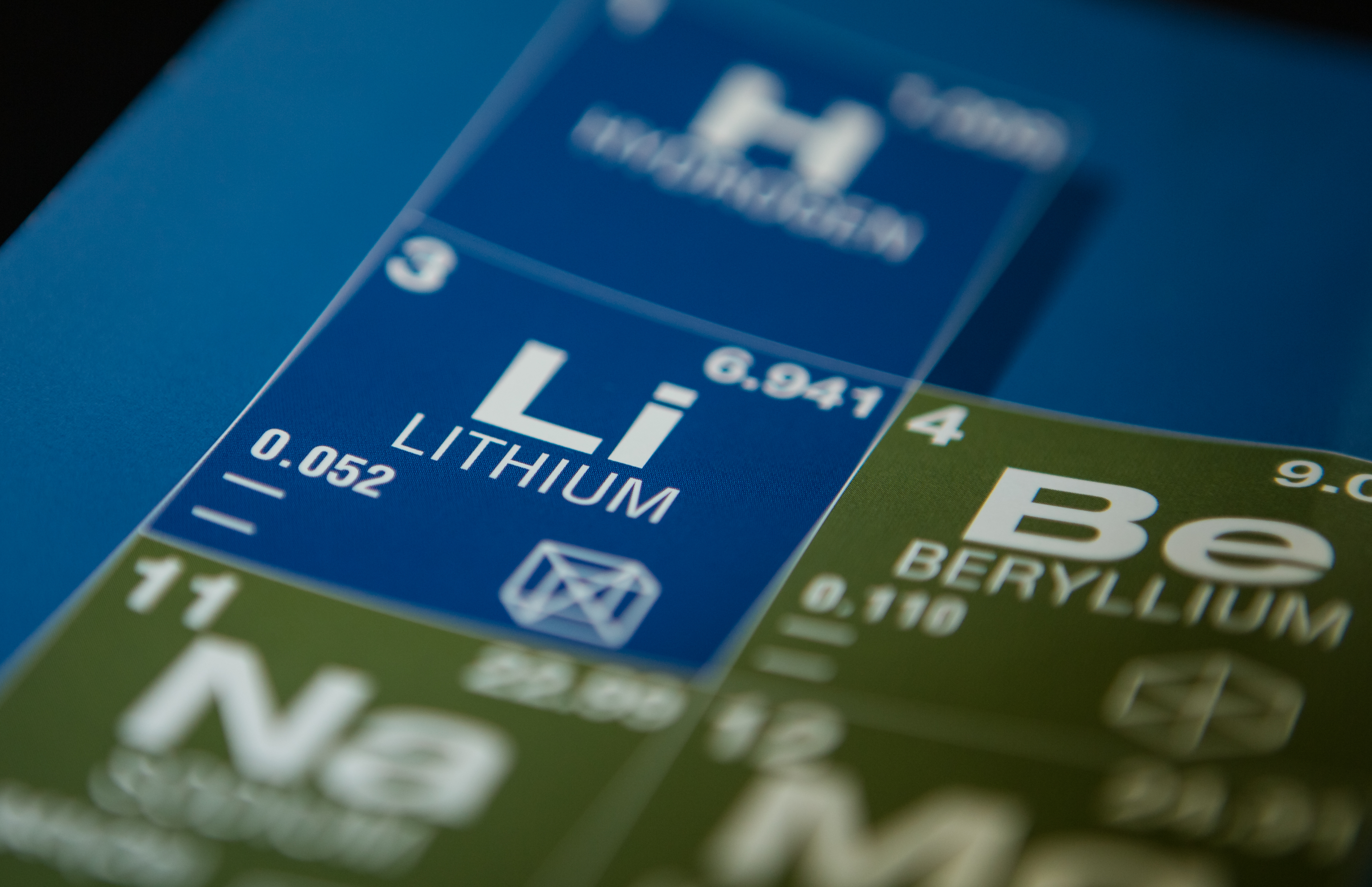ICYMI: China considers export controls on lithium and battery technologies
Opinion Pieces

10
Jan
2025
ICYMI: China considers export controls on lithium and battery technologies
On 2 January 2025, China’s Ministry of Commerce released a proposal outlining possible export restrictions on various lithium processing and battery-related technologies.
The draft, titled “Notice on Adjustments to the Public Consultation for the Catalogue of Technologies Prohibited or Restricted from Exporting from China,” is open for public feedback until 1 February 2025.
The proposal highlights key technological areas, including the production of lithium iron phosphate (LFP) and lithium manganese iron phosphate (LMFP) battery materials. It also addresses phosphate-based cathode precursor manufacturing and advanced processes for extracting lithium from spodumene and brines. Notable technologies under review include high-density powder formulations, automated production systems, and techniques for purifying lithium solutions.
Notably, the policy only restricts the export of the highest-end LFP technology where the cathode active material (CAM) exceeds a compaction density of over 2.58 g/cm3. This metric indicates the density of the CAM when compacted to a certain pressure standard and is therefore influenced by particle shape and structure, parameters that are heavily linked to pCAM and CAM material synthesis. A higher density per unit volume broadly corresponds to a material that can achieve a higher gravimetric and volumetric energy density, although electrode and cell design greatly influence this.
Currently, producing LFP CAM with a compaction density above 2.6 g/cm3 is extremely challenging and is only achieved by two producers at a consistent commercial scale. China expects such material to become more widespread by 2025, which would leave production outside of China far behind state-of-the-art without Chinese involvement. However, it does not prohibit overseas customers from purchasing high-quality LFP cathode materials, cells and packs. In effect, this would leave OEMs outside of China highly dependent on Chinese exports if they want the highest level of performance.
Additionally, the document proposes export restrictions on methods for producing metallic lithium and alloys, alongside advanced non-ferrous metallurgical techniques, such as extracting gallium from alumina and refining lithium hydroxide.
At face value, the move looks like China is considering throttling the use of LFP (and other) technology outside of its borders, presumably to maintain competitive advantage. Restricting technology access isn’t a new phenomenon. Notably, in recent years the USA and the Netherlands have restricted exports of certain semiconductor manufacturing equipment to China to limit China's ability to expand its advanced chip-making industry.
If implemented, these restrictions could significantly influence global EV and battery supply chains and the availability of advanced battery components. LFP is expected to gain significant market share over the coming years both in China and the ROW.
While Western OEMs are interested in LFP technology, Chinese firms could be equally affected were they to be prohibited or restricted in their use these technologies abroad. For example, CATL and Stellantis recently announced a US$4Bn JV investment in a large-scale LFP battery plant at Stellantis’ Zaragoza site in Spain.